Dale R. Roylance served as the curator of graphic art at both Yale University and Princeton University for over forty years, developing their collections, mounting exhibitions, and sharing his enthusiasm for printing and the arts of the book with generations of students. He passed away in Princeton, New Jersey, on 19 May 2013 at the age of 88.
Born on 9 December 1924 in Salt Lake City, Utah, Dale Ronald Roylance was the youngest of Kenneth and Una Roylance’s three children. Raised in a Mormon family, Dale took classes in piano and drawing, talents he continued to practice throughout his life. He enlisted in the U.S. Army in 1943 and when he was released, Dale moved to San Francisco to study art history at the University of California, Berkeley.
In 1956, Dale was hired by Firestone Library at Princeton University as a book cataloguer specializing in art history but quickly found his way to the Graphic Arts Collection, founded in 1940 by the notable printer and typographic designer Elmer Adler (1884-1962). Adler started by teaching seminars on the book arts and printing history to Princeton undergraduates in his home. The first full-time curator of the collection was Gillett G. Griffin, who moved Adler’s program into the Library proper in 1953 and established it as a permanent part of the Department of Rare Books and Special Collections.
For several years, Dale served as Griffin’s assistant, working on a variety of exhibitions and research projects. “In all that time, the influence of my first mentor, Gillett Good Griffin, was constant and inspirational,” Dale recalled. “Few people in my experience can match his enthusiasm for the arts or his discernment for quality in the visual arts.” He also continued to paint and draw, designing illustrations for The Daily Princetonian as well as posters and other campus graphics.
Transferring to Yale University’s Sterling Memorial Library in 1960, Dale began to hold seminars in graphic arts and was placed in charge of Sterling’s exhibition program. A Yale student of the 1960s noted Dale’s keen interest in the work of the presses at Jonathan Edwards College as well as at five other colleges and by the 1970s he was also overseeing the library’s bibliographical press. Speaking to the Yale Daily News, one of his students called him “a man with marvelous taste and sense of style.” Dale vigorously pursued his curatorship of the Arts of the Book Collection in Sterling, which during his first years at Yale was housed in an area in the middle of the stacks. Most notable among his collecting projects was Leonard Baskin’s Gehenna Press archives, which Dale, together with Ken Nesheim, was instrumental in bringing to Yale for safekeeping at the Beinecke Library.
Dale’s efforts at preparing, researching, and mounting exhibitions in Sterling are well remembered. Arranged in cases on the first floor, Dale curated such exhibitions such as Life in England, 1770-1860, Illustrated in Color-Plate Books from the Library of Paul Mellon ‘29 (1965); Lively Alphabets, the Pictorial Use of Letter Forms in the Graphic Arts (1966); Illustrations to the Divine Comedy of Dante by Leonard Baskin (1970); Age of Horace Walpole in Caricature … from the Collection of W. S. Lewis, catalogue by John C. Riely (1973); Phantasmagorey, the Work of Edward Gorey, catalogue by Clifford Ross (1974); and The Graphic Art of Hnizdovsky (1977).
When Griffin left Firestone Library and his successor, Joseph Rothrock, resumed teaching, Dale was persuaded to return to Princeton. He held the position of curator of graphic arts from 1980 until his retirement in 1995 and even then, continued to assist with exhibitions and projects until 2001. While at Princeton, Dale and his assistant Nancy Finlay embarked on an ambitious program of exhibition, beginning with London Observed: a Graphic Arts Exhibition of Historical Prints (1982); Lorenzo Homar: a Puerto Rican Master of Calligraphy and the Graphic Arts (1983); Pride of Place: Early American Views from the Collection of Leonard L. Milberg,’53 (1983); 50 Design Bindings, 1974-1986 by Jamie Kamph (1986); European Graphic Arts: the Art of the Book from Gutenberg to Picasso (1986); American Graphic Arts: a Chronology to 1900 in Books, Prints, and Drawings (1990); Art Deco Paris 1900-1925 (1992); Graphic Americana: the Art and Technique of Printed Ephemera from Abecedaires to Zoetropes (1992); Art & Nonsense: the Work & Play of Edward Lear (1812-1888)… presented to the Library by Dr. Richard E. Buenger, Class of 1944 (1997); In Search of Art: the English Grand Tour (1999), and finally, together with Rebecca Davidson, For the Love of Books and Prints: Elmer Adler and the Graphic Arts Collection at Princeton University Library (2001).
Many of these projects succeeded thanks to the close relationship Dale developed with collector and donor Leonard L Milberg, Class of 1953, whose support continues to the present. In particular, Dale was able to renovate and open The Leonard L. Milberg Gallery for the Graphic Arts on the second floor of Firestone, which remained active from 1985 until it was closed in 2013. Many collectors appreciated Dale’s guidance and shared in his enthusiasm. Ronald Smeltzer commented, “It was Dale who gave me a strong awareness of the graphical aspects of books and who inspired me to consider collecting prints that relate to my book interests. Consequently, my collection of early scientific books developed a focus, in part, on books with unusual and special graphical features.”
Throughout his tenure, Dale taught undergraduate classes in graphic design, letterpress printing, and the history of the book, while also administering such annual programs as The Elmer Adler Undergraduate Book Collecting Prize. One of his former students, Linda Felcone remembered him as a “kind, sparkling, and witty man [with] a new and intensely beautiful mixture of the mind, the heart, and the eye.”
Newly arrived at Princeton as an undergraduate, Donald Farren, Class of 1958, remembers how Dale shared the pleasures of rare books and manuscripts with him and nourished his interests in the graphic arts. After graduating, Farren continued to thrill at Dale’s stream of exhibitions. Examples could be drawn from those at Princeton but Farren remembers particularly one at Yale in which Dale exhibited a color plate of a seashell with, on the shelf below, an actual seashell as illustrated, the loan of which Dale had secured from a scientific museum at Yale. Dale gleefully pointed out that the combination looked like the shell itself had dropped out of the book (not, as a conchologist might say, that the shell had risen into the book); an example of Dale’s perceptions as a bookman and his showmanship.
Dale was also active within the greater New York metropolitan area, assisting with the 1982 exhibition Gérard Charrière, reliures d’art in the Watson Library at the Metropolitan Museum of Art and William James Bennett: Master of the Aquatint View in 1988 at the New York Public Library, among many others projects. Endlessly supportive to the artists he admired, Dale wrote numerous introductions for their catalogues and monographs, including Leonard Baskin’s Graphic Work, 1950-1970 (1970) and John O.C. McCrillis’s ABC: Animals, Birds & Other Creatures (1979).
Following his retirement, Dale continued to commit his talents to the community, serving as a founding member of the West Windsor Arts Council and organizing the book collection in the Manor House Library at the Princeton Academy of the Sacred Heart School for Boys. He was preceded in death by his parents, Kenneth and Una Roylance, brothers Vaun and Kaye and nephew Clifford. He is survived by his niece Cheryl Helms. He will certainly be missed.
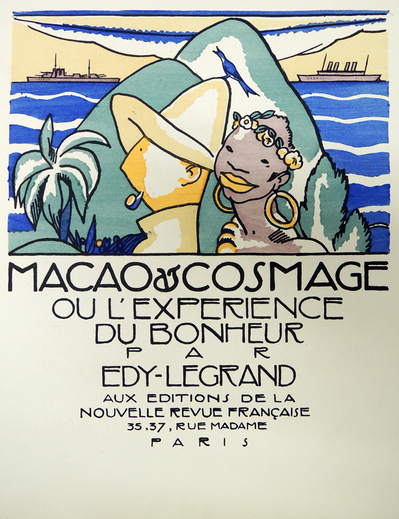

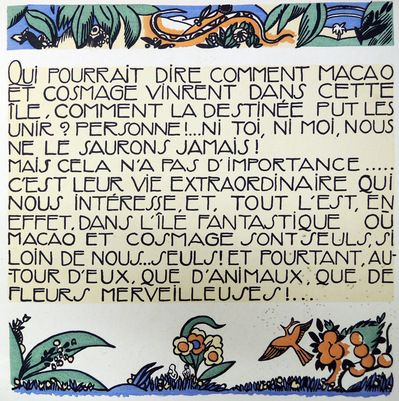

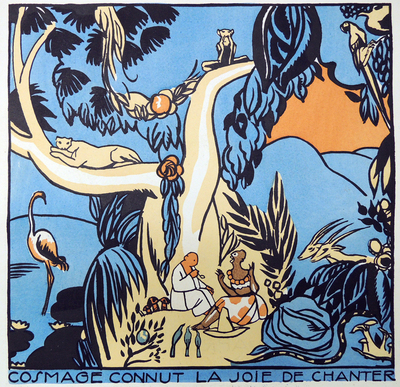
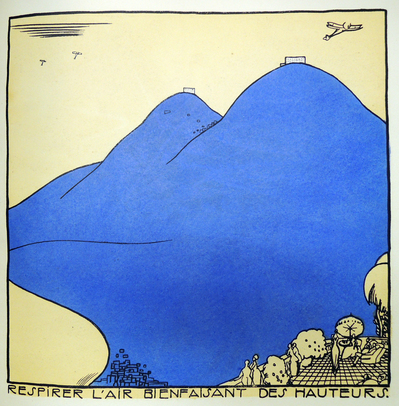
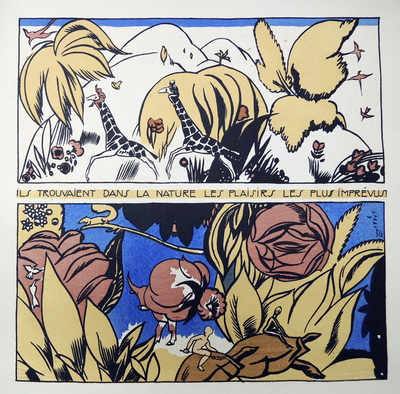
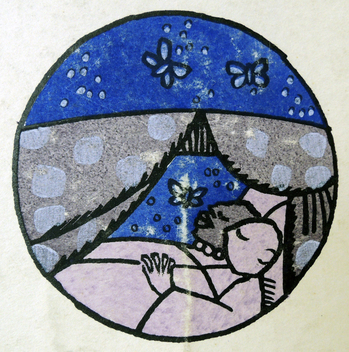

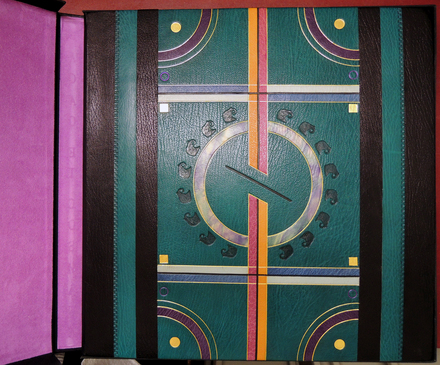
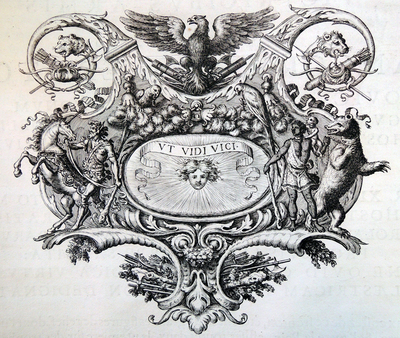

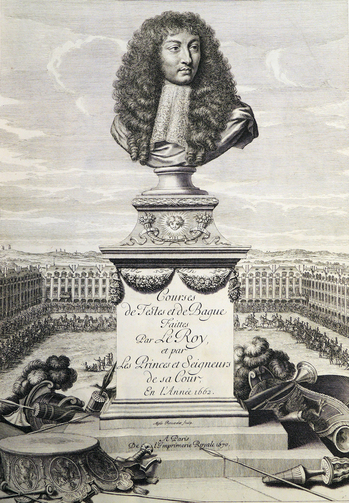
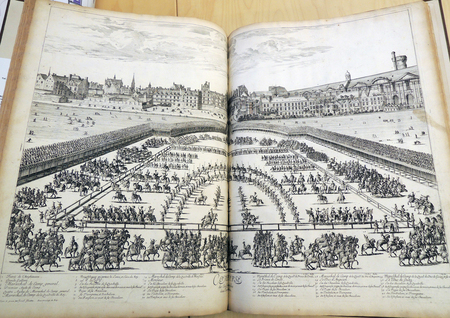
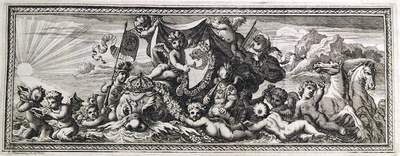

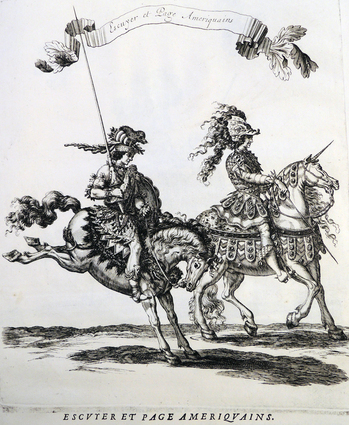
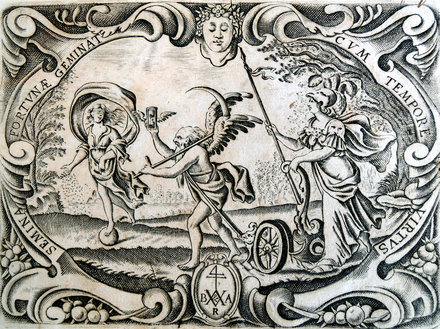
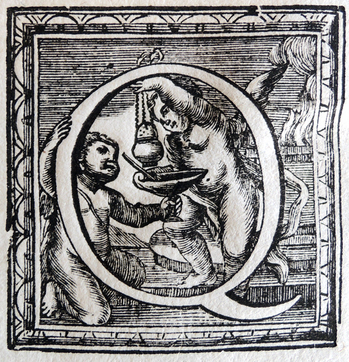
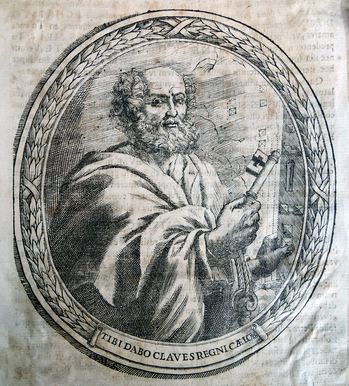
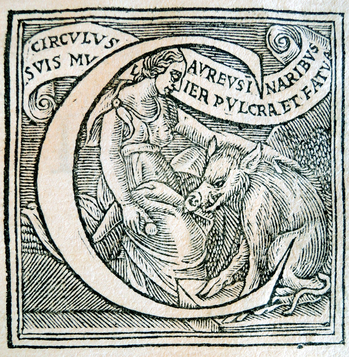
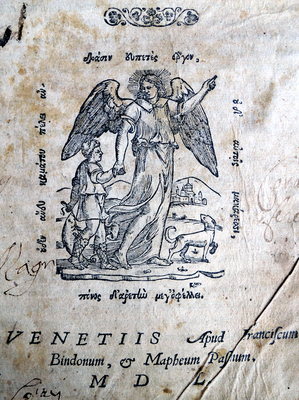
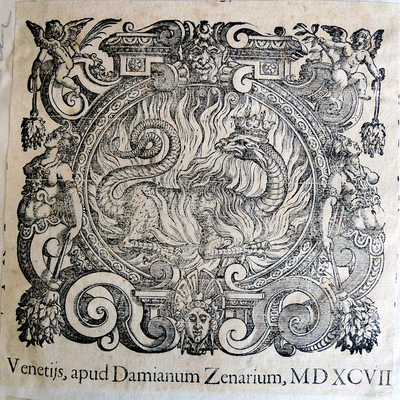
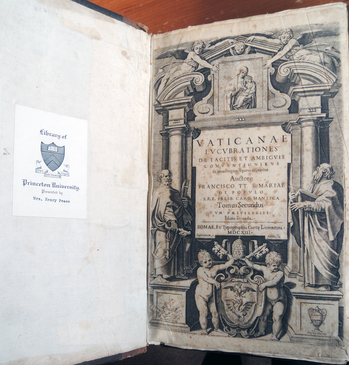



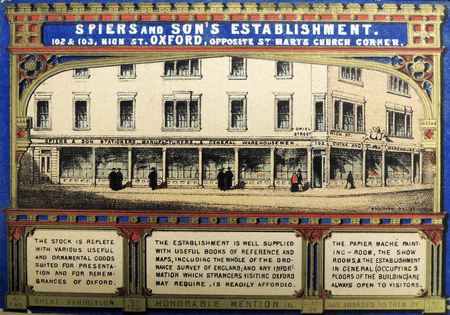

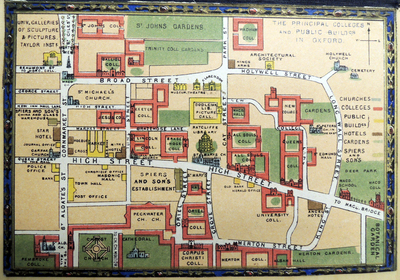
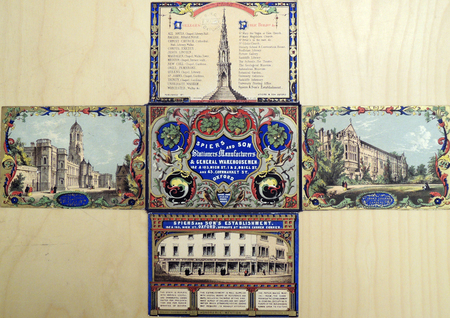

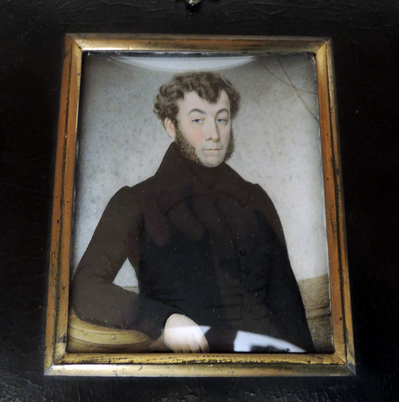

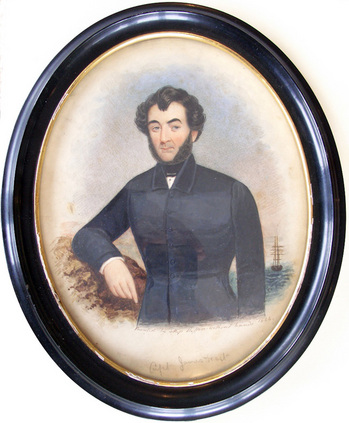

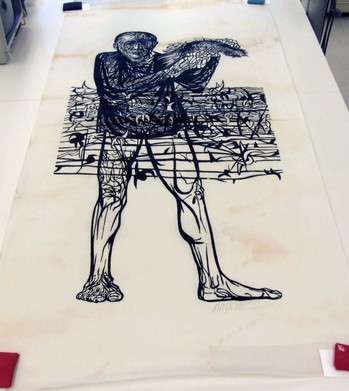
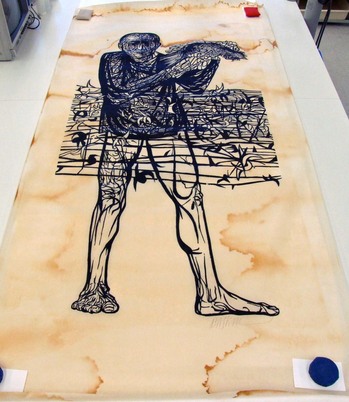
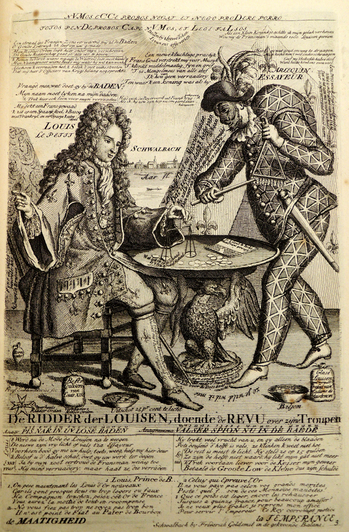
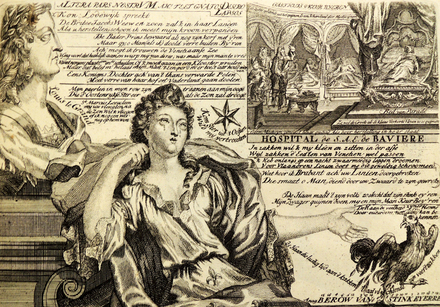
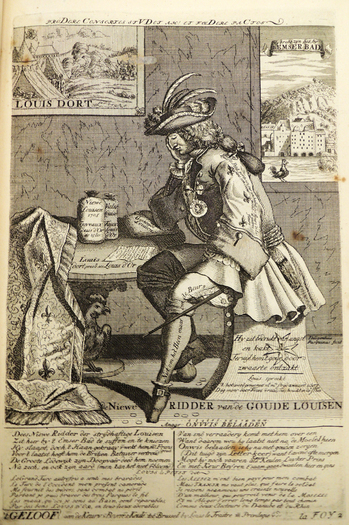

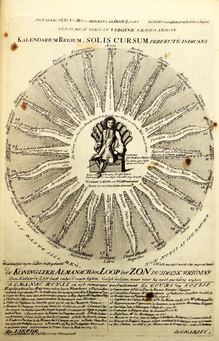
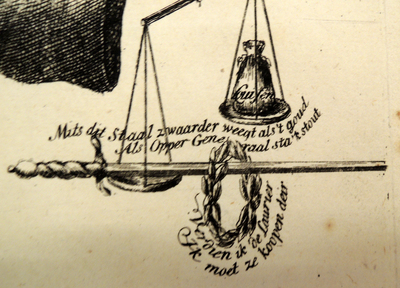

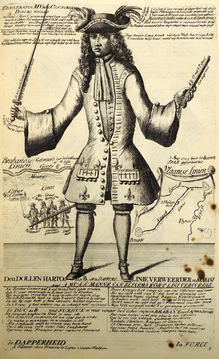
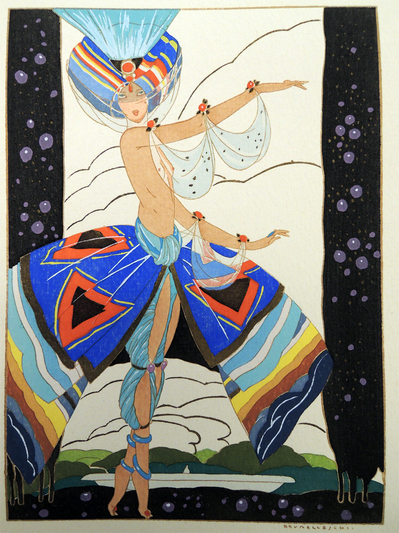
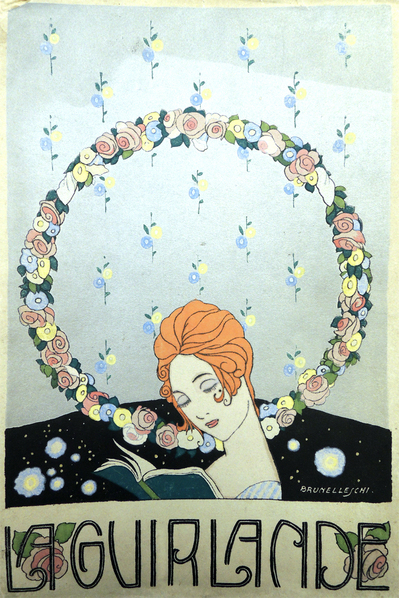
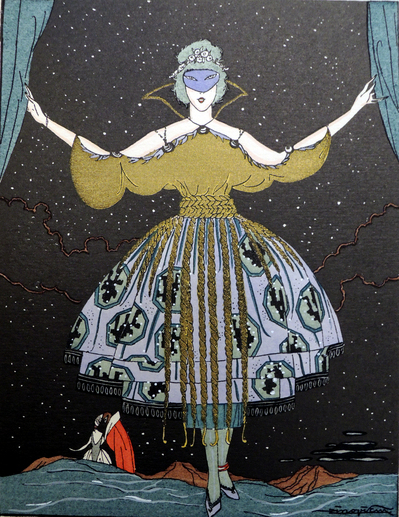
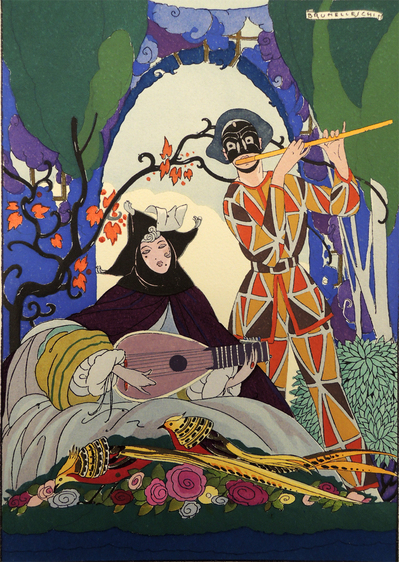
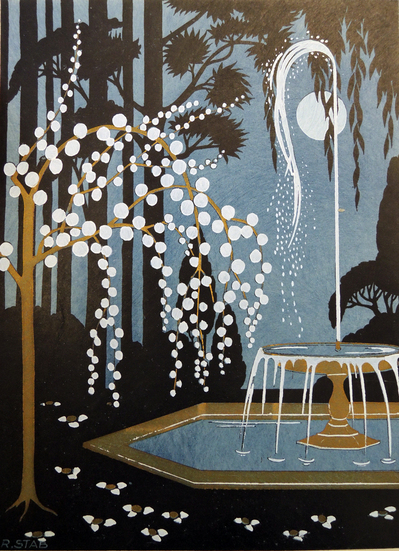
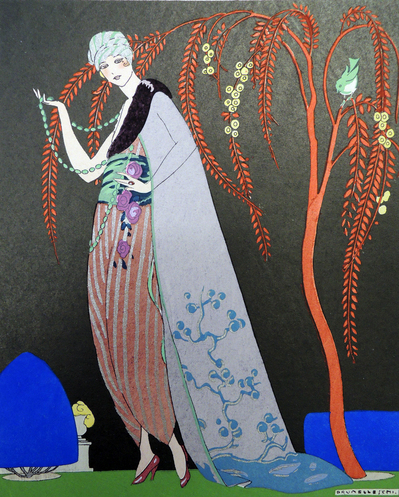
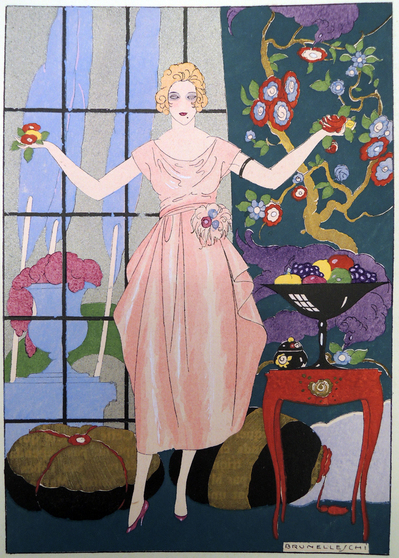
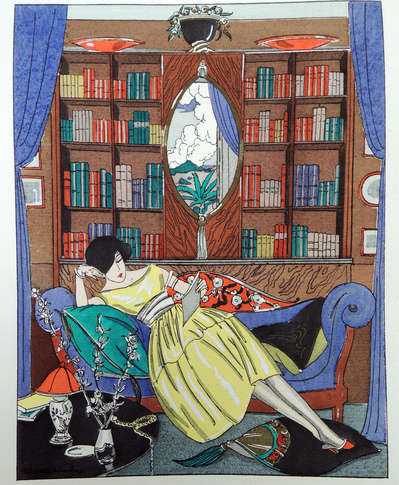

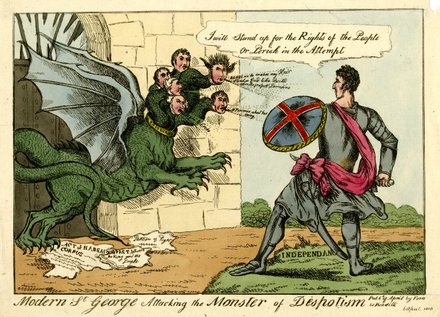
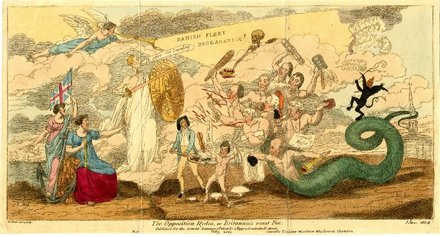



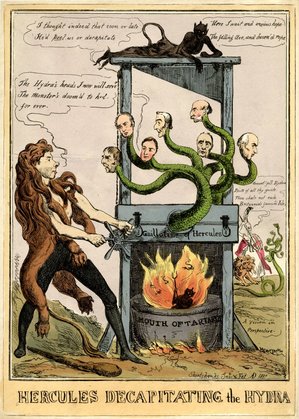
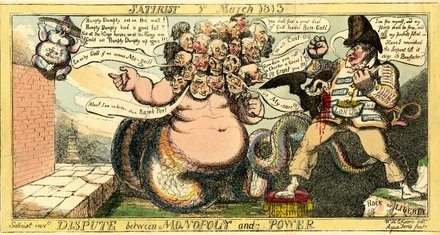

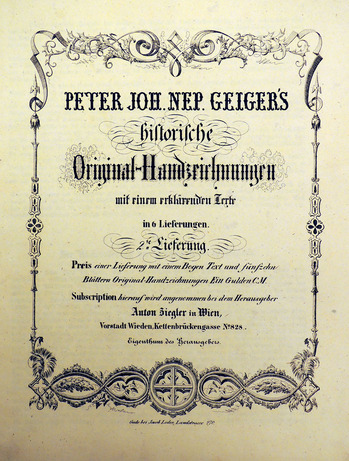
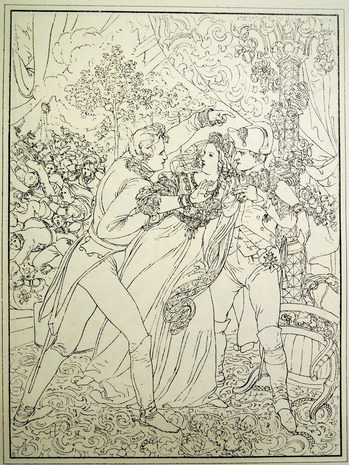
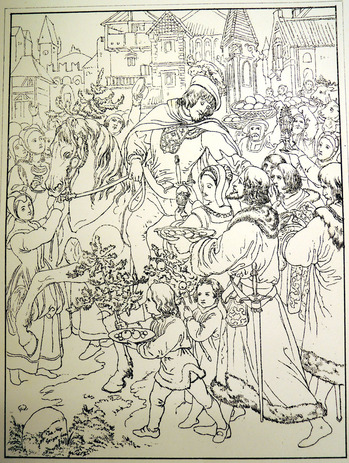
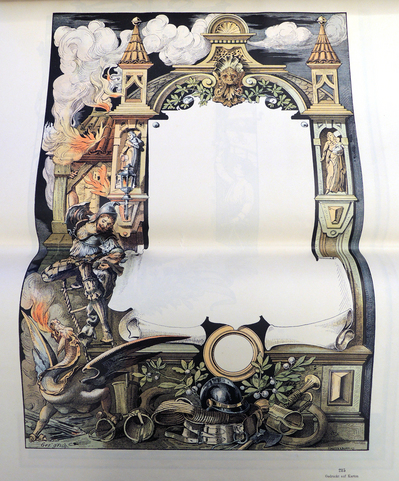

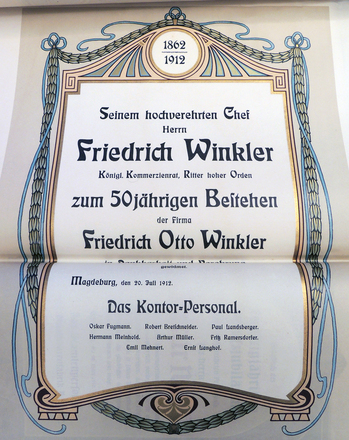
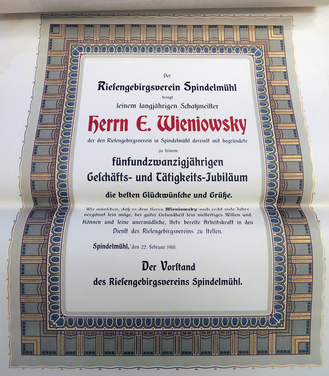

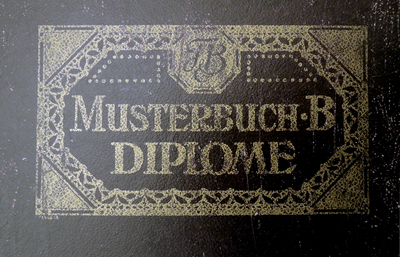
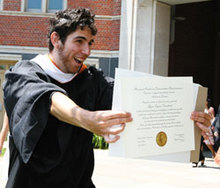
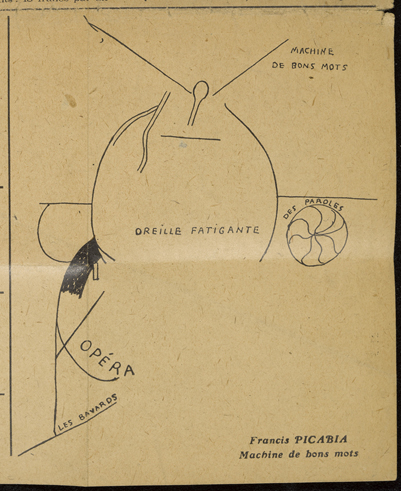


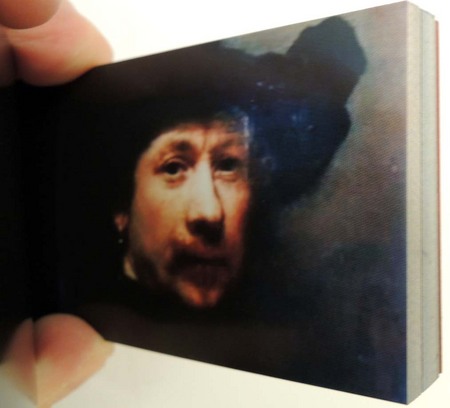
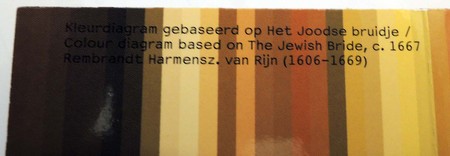
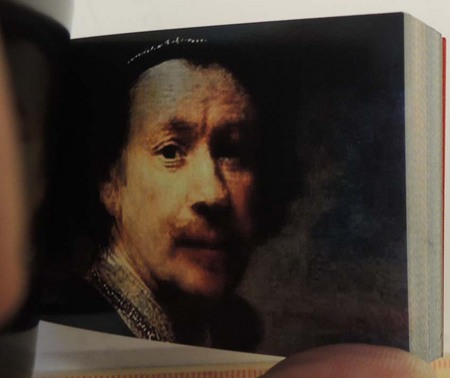
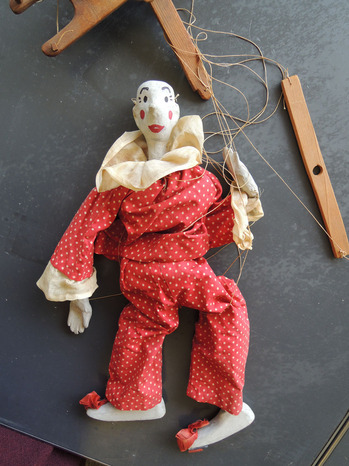
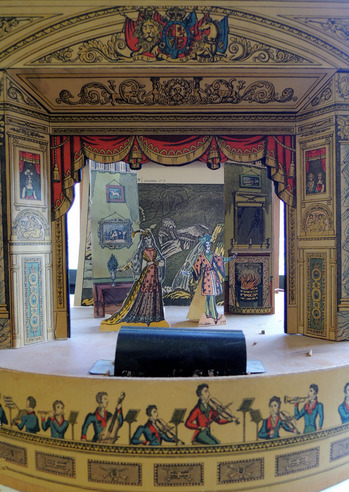

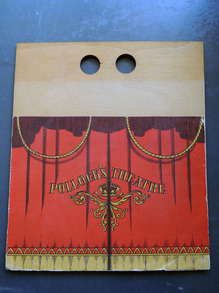
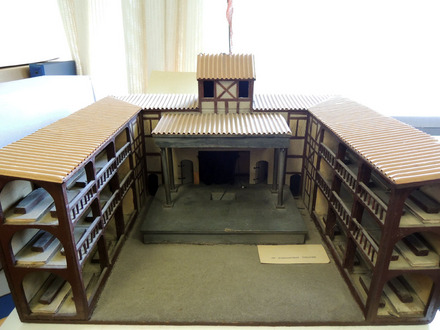
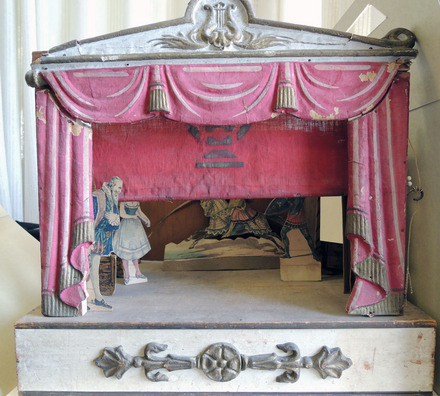
Recent Comments